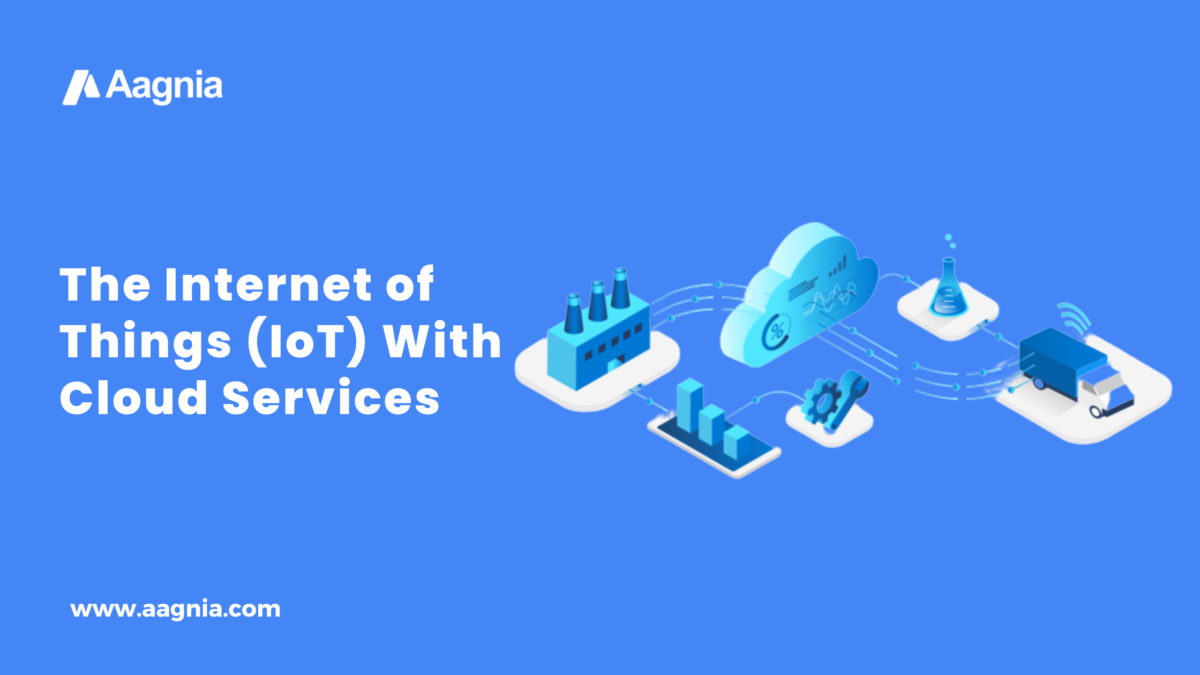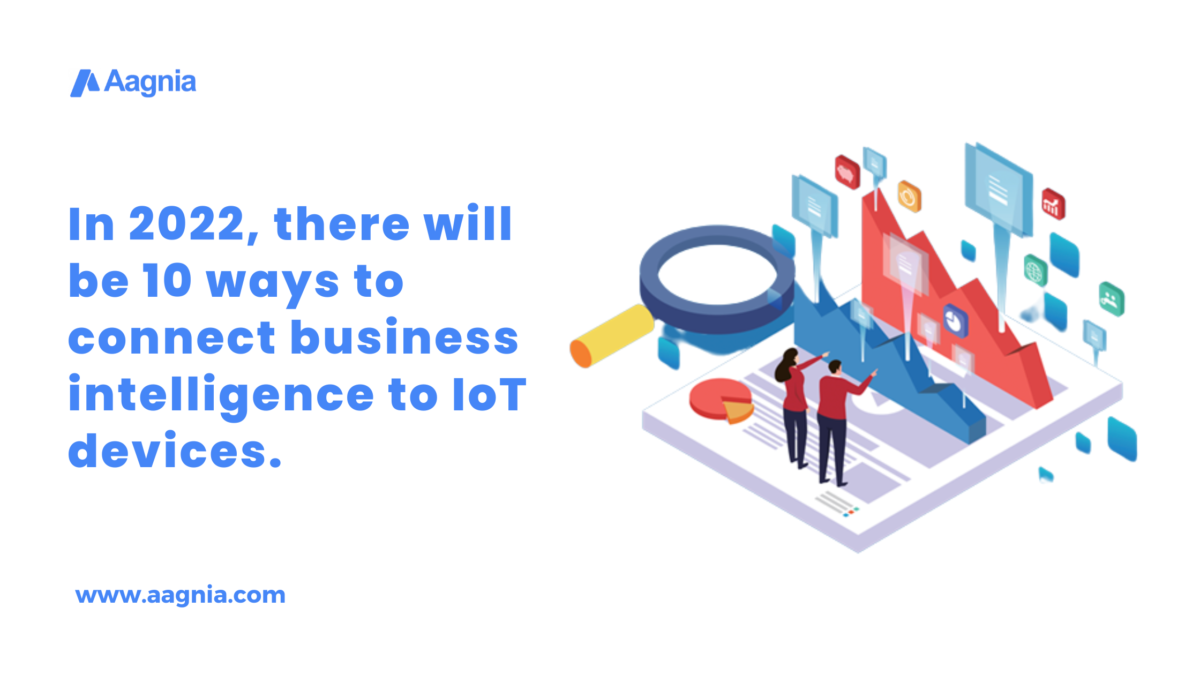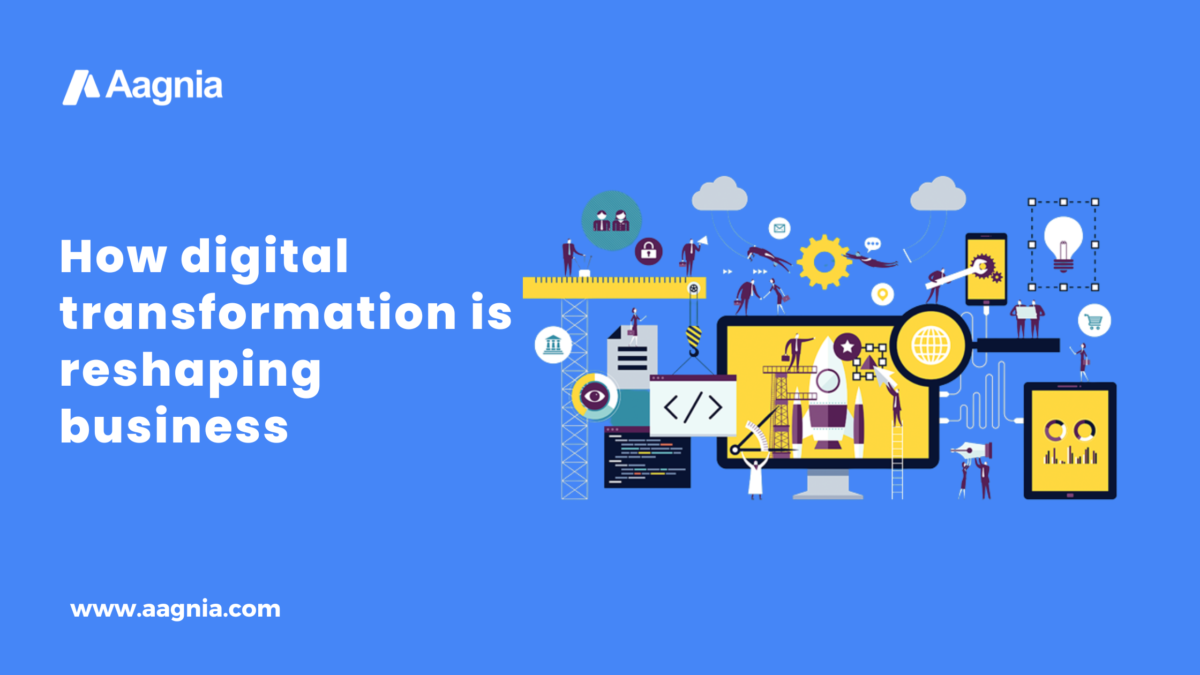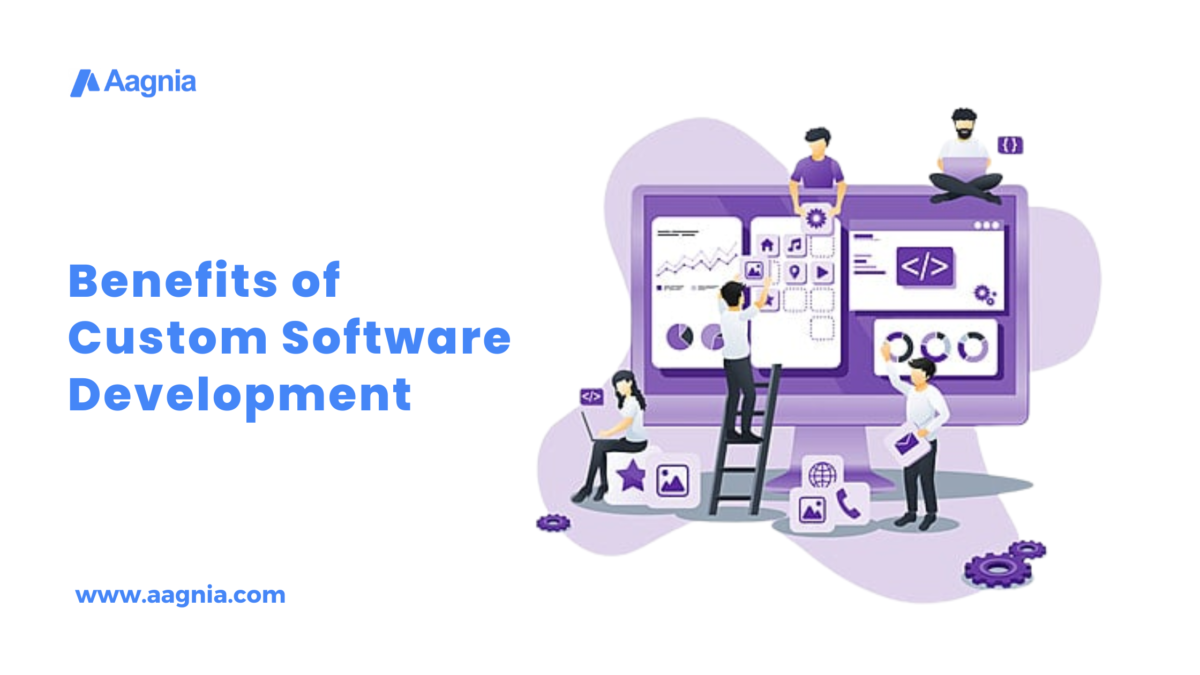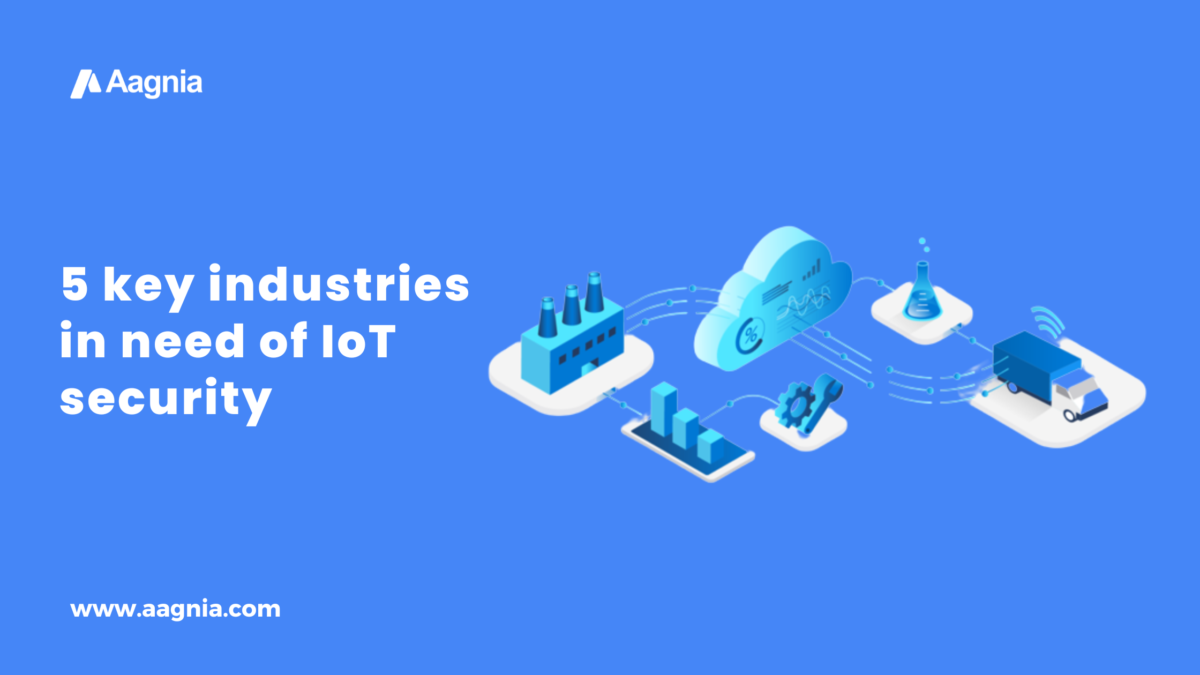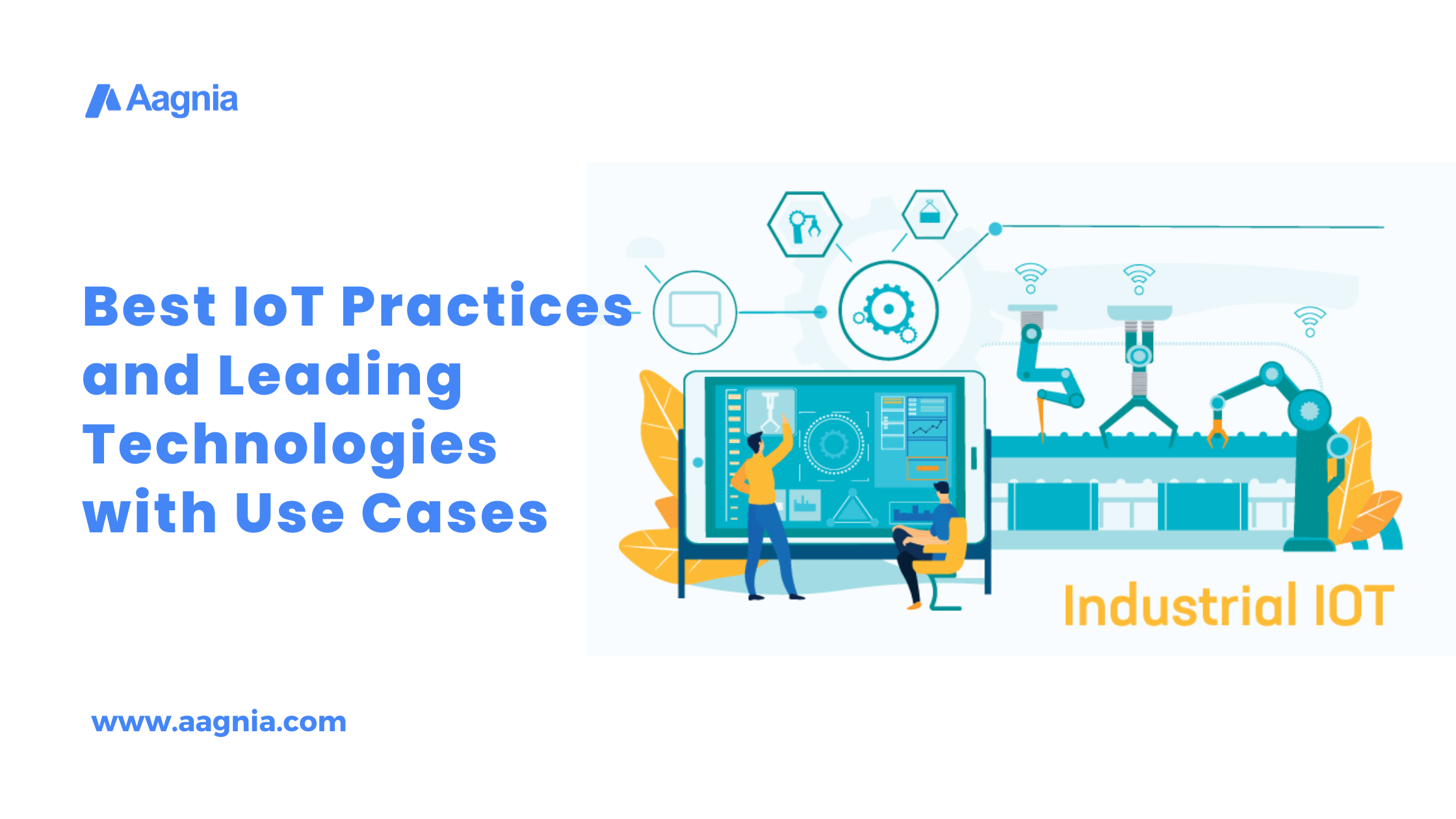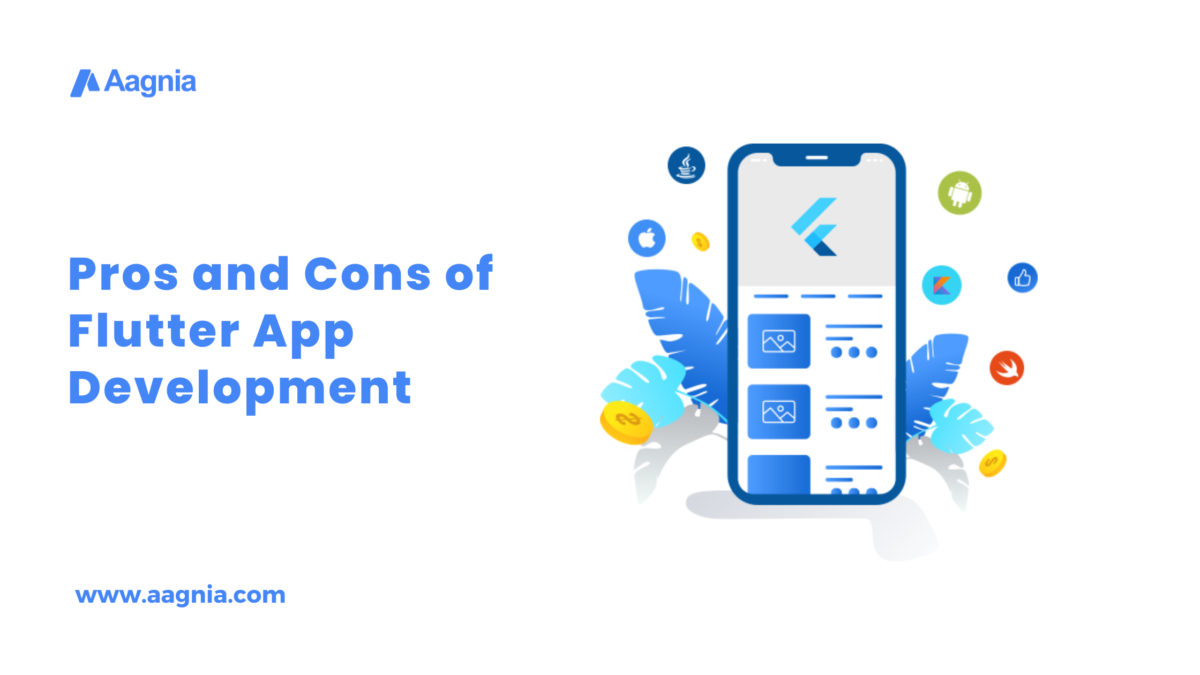
The Benefits of Hiring a Professional Software Developer
Are you looking for a professional software developer? Then read our article about the benefits of hiring one!
It’s important to hire a professional software developer when you need someone to create custom software that meets your needs. Read this article to learn how hiring a professional software developer will benefit you.
The internet world is vast and competitive, especially in today’s market, which makes it difficult for businesses unless they are highly activated and efficient, so that more and more users will be attentive to your business.
And, in order to be the best in the digital world, you must have an enticing and appealing website that stands out with unique and high-functioning features. The best way to get that kind of service is to hire a dedicated software development team.
Why Does Your Company Need a Dedicated Software Development Team?
A dedicated development team brings the advantages of nearshoring to your organisation. You select a team of software development experts who will work solely for your company but will be hired by a third party, such as Inspeerity.
A dedicated software development team allows you to devote more time to your core business and critical processes. It has been demonstrated that by enlisting dedicated teams, numerous companies have been able to bring technology solutions that have had a transformative impact on their business model.
The dedicated team model has several advantages that make it the best solution for non-tech business enterprises that need to build a software development team.
Cost-Effective
The cost-effectiveness of hiring a dedicated software development team is one of the most admirable benefits. Hiring in-house development teams entails paying for their maintenance, infrastructure costs, office space, training, expanses of new tools, and other such aspects that must be paid for in order to keep the team for as long as possible, in addition to their monthly salary.
A dedicated development team, on the other hand, means avoiding the costs associated with in-house recruitment. So, instead of paying an in-house team’s salary plus all other expenses, you save time and resources by hiring a dedicated development team.
Your product development budget will not be exceeded. Hire them from a low-cost and dependable dedicated software development company to save money and time while providing a high-quality digital product.
They have experience.
A professional software developer has years of experience in the development of software. They know how to create software that works well with User Experience and other factors. They also understand how to keep your software secure and up to date.
Flexibility.
One of the best aspects of a dedicated team is flexibility, as you will be the one making the majority of the decisions in your projects. The decision to speed up or slow down the process is highly dependent on your business.
It allows you to effectively use resources at various points throughout the project. Select the appropriate mix of designers, developers, business analysts, product managers, and QA specialists based on the project requirements.
They'll save you time.
Hiring a professional software developer eliminates the need to spend countless hours attempting to figure out how to do something on your own. Instead, you’ll be able to concentrate on other aspects of your business.
And, when compared to forming an in-house team, the time and effort spent on locating the right dedicated development team is a much better investment.
Superior Solutions.
The most important aspect of any project’s success is its quality.
Developing an application or software requires a team capable of providing a quality solution, because saving a team, money, resources, or any other aspect is pointless if the software solution is not quality driven.
When you get a quality solution, your data and project are extremely secure, and you can complete it within the time and budget you set.
Also, if you believe that a lower hourly rate implies poor quality work, you are mistaken; Aagnia Technologies provides a high-quality solution at a reasonable price.
They will make things easier for you.
It can be difficult to understand what code does if you are unfamiliar with it. A professional software developer understands exactly what each line of code does and can explain it to you in simple terms. This makes learning new things much easier for you.
Hiring a dedicated team meets the technical requirements that an in-house team cannot meet. The dedicated team of experienced professionals uses their expertise and capabilities to provide a safe and guaranteed outcome for your project.
To learn more about the advantages of custom software development, call Aagnia’s experts at +917540007581 or schedule a consultation online.
Speak With An Expert in Custom Software Development:

Join our news Letter
- Revolutionizing Parking Management A Real-Time Example
- The Importance of Regular Application Maintenance
- Logistics Software Solutions and Software Development
- Software Development Services for SMEs
- How Does IoT Aid Businesses in a Variety of Industries
- But what exactly is IoT – What does it mean for manufacturers – How can you use IoT to improve your business
- How to outsource custom software development Services
- 5 Reasons Why You Need To Outsource Software Development
- Why You Need A Cloud Strategy
- The Cloud Is Changing Everything, Here’s How To Make It Work For Your Business




